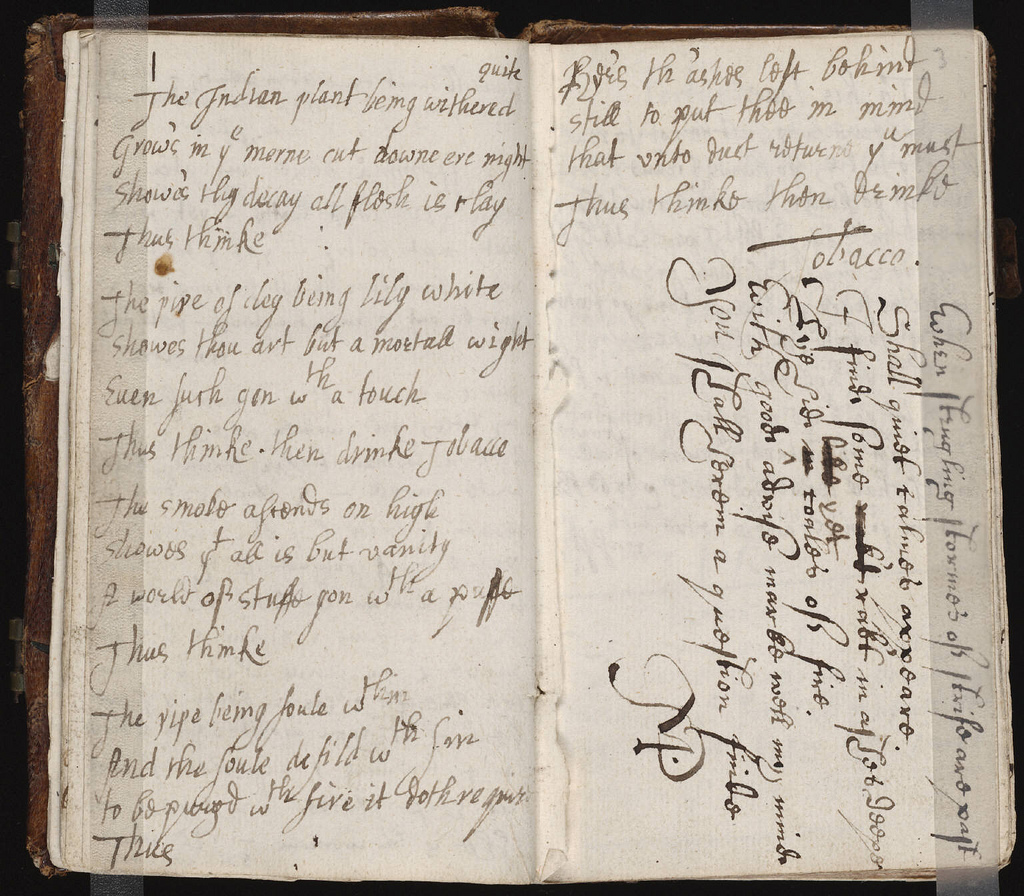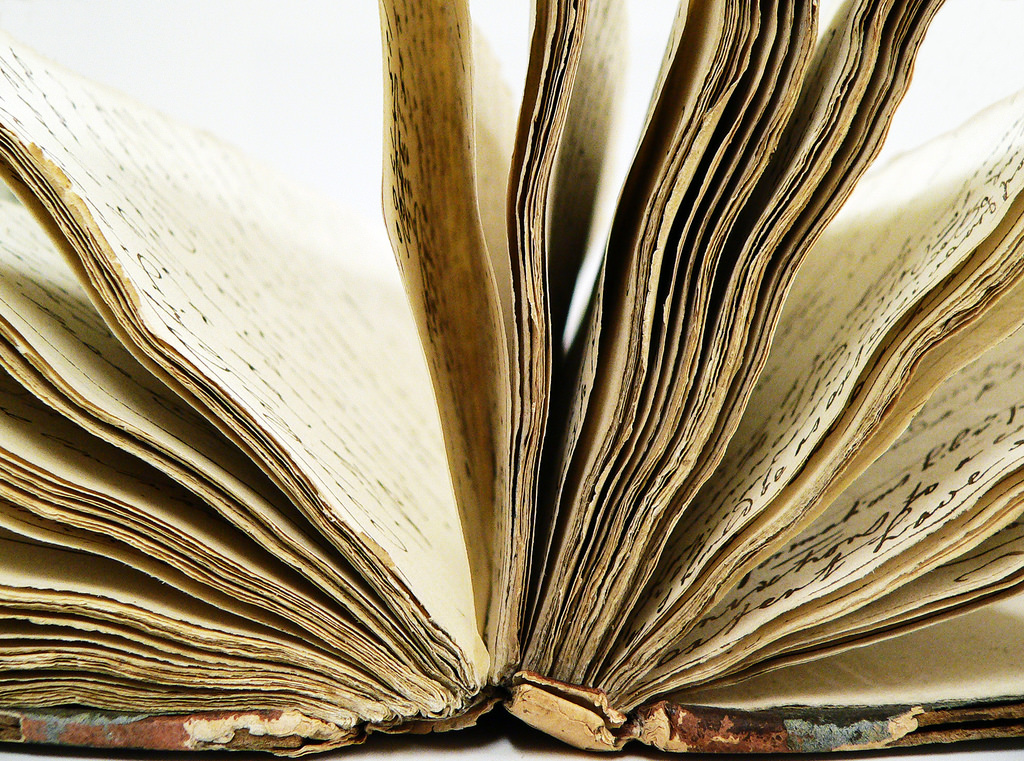Olio #6: Commonplace Books
 Did you ever keep a journal where you wrote interesting bits of information, inspiring quotations, notes to yourself, poems, writings, things like that? If so, you pretty much kept a commonplace book.
Did you ever keep a journal where you wrote interesting bits of information, inspiring quotations, notes to yourself, poems, writings, things like that? If so, you pretty much kept a commonplace book.
Commonplace books are catch-all books that can include your own personal notes, things that you reference often, or whatever you like. Include recipes and conversions if you bake a lot. Paste or copy in letters if you correspond frequently.
These books were popular during the early modern period in Europe, between the medieval years and the industrial revolution. These days, something like OneNote or Evernote would fill that kind of gap. But if you want to be traditional, just grab any blank journal, or even a sketchbook.

Another example of a commonplace book from the mid 17th century. Image by Wikimedia user Edward (CC BY 2.0)
Fill it with bits of wisdom, items you reference regularly (so you don’t need to Google it yet again), and your favorite ideas. Organize it by topic, or don’t. What you are creating is the most personalized reference book ever. It is yours, for you, by you. Everyone’s will be different. Some will be decorated, some plain. Some all text, others with drawings or even things pasted in. Use it as a workspace if you like, or simply a dumping ground for all of your random ideas. What you make of it is up to you.
E.M. Forster kept a commonplace book. So did W.H. Auden. H.P. Lovecraft did as well. Though don’t be fooled: You don’t need to go by your first and middle initials to successfully keep a commonplace book. The opportunity is available to everyone who can wield a writing (or typing) implement. John G. Murray published one in the mid 1990s, though they were generally for personal use and not publication.
I keep my commonplace book contents in OneNote. It’s infinitely expandable and versatile, and it syncs to the cloud. But something is definitely lost in it being digital. Worth the trade-off for me, but perhaps not for you.



